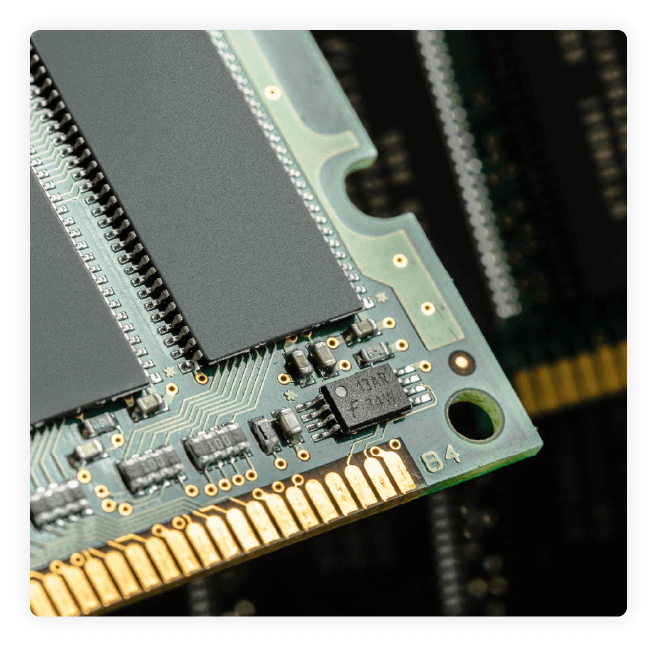Ceramic PCB
Topfast manufactures ceramic printed circuit boards (PCBs) that provide superior electrical and thermal performance. Our ceramic PCBs feature excellent insulation, fast heat dissipation and stable shape.


Novitates autem si spem adferunt, ut tamquam in herbis non fallacibus fructus appareat
For further discussion about PCB Assembly, please contact us.
Contact Us
Metals and Plastics
Horum adventum praedocti speculationibus fidis rectores militum tessera datasollemni armatos omnes celeri eduxere procursu et agiliter praeterito Calycad-ni fluminis ponte, cuius undarum magnitudo murorum...
Nec piget dicere avide magis hanc insulam populum Romanum invasissequam iuste. Ptolomaeo enim rege foederato nobis et socio ob aerariinostri angustias iusso sine ulla culpa proscribi ideoque hausto venenovoluntaria morte deleto et tributaria facta est et velut hostiles eius exuviae classi inpositae in urbem advectae sunt per Catonem, nunc repeteturordo gestorum.
